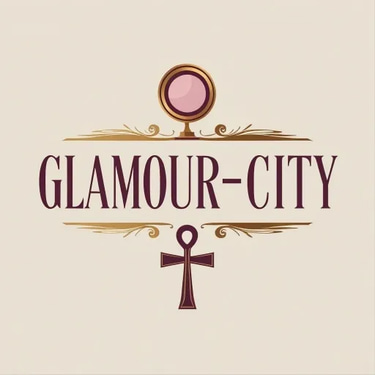The Art of Lip Color in Ancient Egypt: A Symbol of Power, Spirituality, and Beauty
Discover ancient Egyptian lip color: ochre pigments, divine symbolism, and Cleopatra's beauty rituals. Explore how their legacy inspires modern cosmetics."


The Significance of Lip Color in Ancient Egyptian Culture
The ancient Egyptians were pioneers in the realm of cosmetics, notably lip color, which played a critical role in their daily lives and social customs. Lip color was not merely a product of vanity; it served as a symbol of power, spirituality, and beauty. The use of pigments derived from natural sources allowed individuals to express their identity and status, while also honoring the gods of their rich pantheon.
Materials and Techniques Used for Lip Color
In Ancient Egypt, the art of lip coloring involved the use of various natural materials. Common ingredients included carmine (derived from crushed cochineal insects), ochre, and a mixture of oils to create a base. These materials were often blended with beeswax to produce a durable product that could withstand the heat of the sun and the rigors of daily activities.
Cosmetics were often packaged in decorative containers that themselves were works of art, reflecting the aesthetic sensibilities of the time. The application of lip color was not just a beauty ritual; it was an activity steeped in tradition, passed down through generations, where women would gather to share secrets and techniques.
The Spiritual Connection to Lip Color
Beyond aesthetics, lip color held spiritual connotations in ancient Egyptian society. The application of color upon one's lips was thought to have protective qualities. It not only enhanced beauty but also symbolized the individual's connection to the divine. Many believed that lip color served as a conduit through which they could communicate with the gods. For instance, the use of red dye was believed to honor the goddess Hathor, who was associated with love and beauty.
Additionally, prominent figures, including pharaohs and high priests, used lip color as a prominent part of their regalia. It served as a visual representation of their rank and responsibilities, reinforcing the symbiotic relationship between beauty and power. Thus, the lip color in Ancient Egypt was a form of artistic expression that transcended mere vanity; it encapsulated the society’s core values and beliefs.
Conclusion: The Legacy of Ancient Egyptian Lip Color
Today, the legacy of lip color in ancient Egypt continues to influence our understanding of cosmetics. The convergence of art, power, spirituality, and beauty resonates in contemporary practices, where make-up not only serves aesthetic purposes but also symbolizes aspects of personal empowerment and self-expression. Recognizing the ancient Egyptians’ pioneering role in cosmetic culture illuminates the profound connections between beauty and identity that persist throughout history. The art of lip color, thus, remains an essential element in our ongoing dialogue about beauty's role in society.
